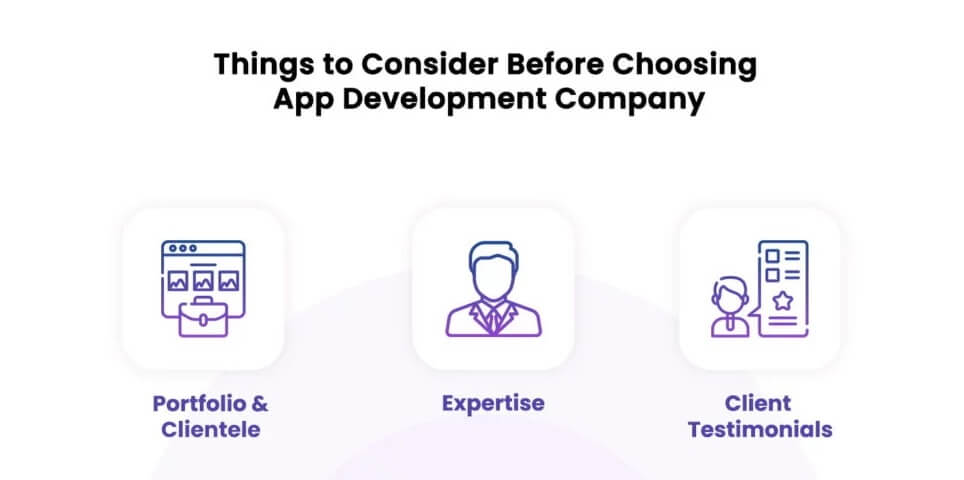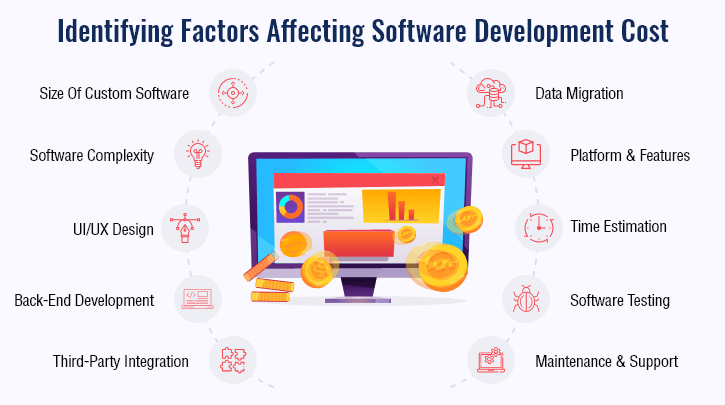“How come the same specs of quotation but the pricing can be very different?” Ok, we got this question a lot when our prospect received our quotation for service, especially for customised solutions. This is something I found very interesting when our prospects share us the quotations that they’ve received. I can see the quoting range can be very low to very high… and I can’t explain why on earth some companies can quote with such price.
This is something really arguable and non explainable when we can see some costing for some government projects has been jack up where other vendors can provide it at a cheaper price. But since there isn’t any pricing reference in the market anyone can quote with different pricing for the same service as long as the buyer is willing to take it, or shall I say they think it is “worth” it.

This situation happens a lot when SME companies with no technical person requesting quotations from software houses for any kind of customised solutions for their digital transformation process. Some even stepped on nails when they had paid hundred thousands but the project failed eventually. But this is just one kind of failure, in fact there are many who paid an expensive lesson for their journey to digitise their businesses. There aren’t really any “standard” market rate for any servicing solutions, the difference is if you get more and right opinions from different players before you can decide which quotations are reasonable.
As a SME who is looking for solutions to digitise your operation process you must understand precisely how the service provider charges and what are the pitfalls if you shouldn’t go through before the agreement is signed.
Start by asking the service provider’s man day rate.
A lot of SMEs don’t know that there is something called man day rate for customised solutions service providers. Most of the solutions providers don’t reveal that until the company asks for their man day rate, some solutions providers don’t even know what it is. So what is the man day rate? A man day rate is the charge for a day rate for a certain task. For instance, a simple login system would require one backend developer to create in a day time,
(1 man power * 1 day * man day rate) = your cost,
if your man day rate is USD 300 per day, you would charge USD 300 for a single login page system.
So what are the man day rates ranging in? It really depends on different companies, it can range from USD 50 – 1000 or some even more. But how do we identify if the company is worth that amount of man day rates? Well, there isn’t any universal definition for this, it really depends if the buyers feel it is worth for a company that doesn’t have many portfolios charging USD 1000 per man day for their service. In nutshell, we determine it by the experience of the team and their past projects and their similar project charges to narrow down if they are really worth the proposed man day rate. As usual, always ask for a 3rd opinion before you decide if they are the one.

Itemise the specification
Always request the service providers to break down the costing on each module for your system. This is very important as if there is no documentation for your projects, it can be a reference for both parties when there are arguments when the discussed modules didn’t deliver.
Itemise gives you a clearer view on how they charge for each module. But here is the challenge, some providers can charge one man day rate for a simple login page, some may charge two or three. You may always have the providers to explain why the certain function requires that per se man days but it won’t help most of the time unless you are a technical person, you will know if they are bullshitting you. Get 3rd party opinion! Make sure you have delivered your requirement clearly to a few providers so that they won’t get the wrong message and propose wrong costing to you for that particular module.
Other hidden cost
Well, servicing costs charge based on workload, not just the coding itself will be charged but any form of workload can be factor into the costing. Always have to understand that engaging a software house isn’t a one off thing even just a single project. There are many preparations, follow ups, and after sales maintenance incur during the process and after the completion. This is considered as part of the services which the clients have understood before they go into any agreement. So what are some common services charges you will be expecting to see in your quotation?
- Requirement gathering & consultation
This is the first service engagement when the providers and clients have to set up several meetings to make sure all the details have been scoped up before the documentation is provided. It can be arguable if this has to be charged or not. As it really depends on the service providers. But do expect that some companies charge for additional meeting fees too. It’s less often you will see the charge from mid or small size software houses, but for large scale’s vendors such as Oracle, Microsoft etc, this fee may be incurred too.
- Documentation
This is very important for anyone who engages in a complex service with any vendors. Unfortunately many vendors especially the small ones don’t prepare for it and the SME clients don’t even bother with that either. There are several reasons, one, it is very time consuming to prepare a software requirement specification (technical documentation) , especially the detailed one. Second, most SME clients don’t know if there are such things. The documentation protects both vendor and client when there are any disputes in terms of deliverables. Does the software house charge for this, most of the case is yes.
- Planning, designing, testing
Well, this is supposed to be the usual flow of a software development lifecycle. Since it’s not part of the development workload, some software house will include it in the quotation so that the client will aware that the software needs planning and design (wireframe, UI/UX, graphics) before the development started and testing after the development done to make sure the outcome is exactly the same as what have been discussed and agreed (especially when it comes to UI/UX).
- Warranty & maintenance
It’s near to impossible that there will be flawless customised software in the market even with extensive testing before it’s introduced to the market. Even gigantic companies such as Microsoft introduce update patches from time to time to fix any bugs and flaws. If you could be very naive to refuse any follow up maintenance from the software house in order to save cost, you will be in deep shit. Of course most of the clients expect the system to be flawless when it’s live, which does not happen most of the time, some software houses will eventually propose a warranty period to cover any bugs found from the system in a certain period, usually 3 – 12 months. Further servicing after the warranty period it will consider as chargeable services. Usually vendors will provide an annual maintenance costing proposal and most of the time the clients should take it or else anything happens with the system the vendors have the rights to not service you (no contract binding) or charge a sky rocket price for ad hoc servicing fee if something happens to the system. Well there is much confusion on what does the maintenance incur and what does the software house provides and what does the client expect from the maintenance service, this is where the service level agreement (SLA) kicks in. A SLA is an agreement that has stated the services, response time, deliverables, backup, disaster recovery, costing and any details that require to remove all the confusions between the software house and client during service maintenance. The maintenance fee you are paying is just another insurance for your software to make sure it won’t jeopardise your operation.
- The code ownership & licensing
I’ve personally heard of many software houses that don’t provide the source code to the client when they request it. And these clients have been paying the price beyond just the services, and it should (in my opinion) include the source code as well. In the software industry we’ve something called switching cost, in short it is the cost that occurs when you change your software house vendor for the system. In order to make the switching cost higher, most of the software houses don’t provide the source code to the clients and they won’t even mention it if the client doesn’t ask. It’s very important to clarify if the quotation does include the source code as well, and do expect these software houses may charge it separately for this requirement. If the vendors provided proprietary software (not fully customised) which was pre-built by them, this is not considered as a customised system service but it’s a licensing service to allow you to use the software for your operation as long as you paid them the annual or monthly “rental” fee. For instance, you won’t be able to get the source code from Microsoft SQL database system and you have to pay for the annual licensing fee in order to use them. As a client you have surely understood what type of service the vendor is providing to you.
- Servers
Server is part of the cost usually included in the quotation if you are requesting for a customised system from the software house. Do take note that some vendors include the maintenance, licensing, and server in a lump, most of the case is for the vendors that provide the pre-built software ready for the market. In case you notice that there is a server cost in your quotation please make sure the pricing is on par with the specification that proposed.
There isn’t any standard definition or explanation on how the software house charges for customised software development service. The above is just a reference for anyone who is looking into this service area. The reason why this article has been published is because I’ve seen there are too many painful lessons faced by the SMEs during their digitalisation process. The entire purpose of digitalisation is to increase efficiency and reduce the cost of their operation, but they end up paying more for lesson fees and don’t gain much from the system that they have builded.

In case you have any doubts regarding the quotation you have received from your software house feel free to drop us a message for a free consultation session for your queries. We are more than happy to help you to clarify all your questions and wish you success in your digitisation process for your company.
In case you prefer a Mandarin version video explanation for this article, here you go,
